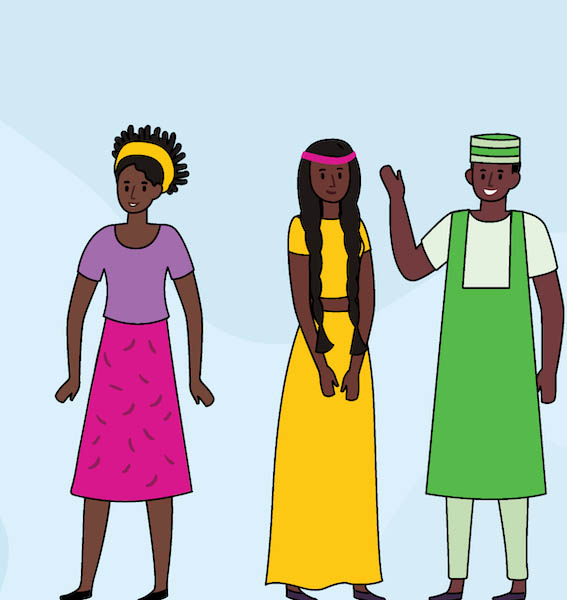485 Search Results Found For : "Y ویتنام{WWW,RT33,TOP}کدb77}شانس بلیزἕبالتیمور اوریولزᾦتوتو بتمنٴکازینو زنده 24☏بادوگی کم🈺فوتبال ایرلند🙅مسابقه موناکوЖگل میخ㋕.hnk"

Project: Empowering Evidence-Driven Advocacy
Strengthening Financing and Policy Implementation for Youth Family Planning in Nigeria
Young people in Nigeria lack access to contraceptive information and services that are tailored to their needs.
Sustainable Development Indicators: The Last Missing Piece of the 2030 Agenda
The 2015 adoption of the Sustainable Development Goals (SDGs) was a major milestone for United Nations (UN) Member States seeking to jumpstart efforts to improve people’s lives and maintain a healthy planet.
Project: Indicators of Well-Being for California's Children
Suicide Replaces Homicide as Second-Leading Cause of Death Among U.S. Teenagers
(2016) Suicides have become the second-leading cause of death among teenagers in the United States, surpassing homicide deaths, which dropped to third on the list (see Figure 1). The teenage suicide rate increased from 8 deaths per 100,000 in 1999 to 8.7 deaths per 100,000 in 2014.
Mozambique Struggles to Shake Off Effects of Civil Strife
(2003) The lingering effects of a long civil war, climatic changes, and infectious diseases represent major threats to life in the southern African nation of Mozambique, where 17.5 million people live, the vast majority in rural poverty.

Women and Girls at Risk of Female Genital Mutilation/Cutting in the United States
(2016) Although FGM/C is most prevalent in sub-Saharan Africa, global migration patterns have increased the risk of FGM/C among women and girls living in developed countries, including the United States, according to PRB analysis published February 2015.
